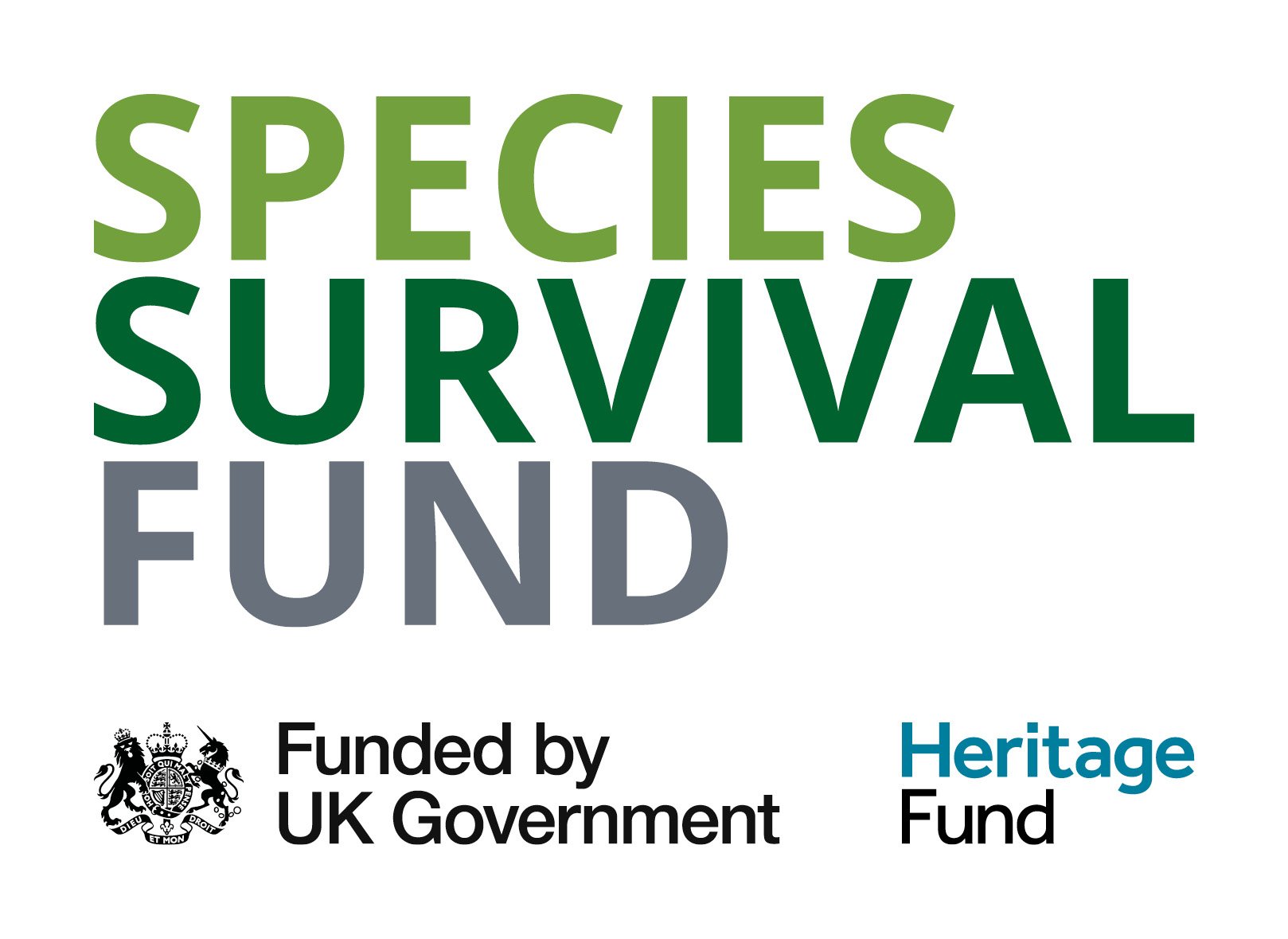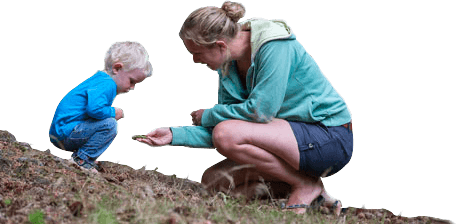The New Forest boasts an impressive array of uncommon and special butterfly species. Being...
Species Survival Fund
The Species Survival Fund (SSF) project involves working with five partners to help halt species decline and restore habitats in the New Forest.
The New Forest is a world capital for wildlife underpinned by an ancient tradition of free-roaming commoning animals.
However, the New Forest is not immune to changes that have seen habitats lost and species decline.
Partner organisations and landowners are working together to enhance 250 hectares of land for nature across 25 sites – the equivalent of 350 football pitches.
Improving habitats and re-establishing links between them will help charismatic species such as pine marten, great crested newt, pollinating insects and reptiles such as adder and smooth snake thrive and create the conditions for a host of other species to flourish.
Among the partners, 14 jobs are being created or retained, five interns will develop green skills with the aim of going on to work in the environment sector and 50 new volunteers will be recruited.
The Fund, a partnership between Defra and The National Lottery Heritage Fund, has allocated £1.04 million to the scheme which, with additional funding from the partners, represents a total investment into the New Forest of £1.3 million.
The partners are:
- Freshwater Habitats Trust
- Amphibian and Reptile Conservation Trust
- Hampshire & Isle of Wight Wildlife Trust
- New Forest Commoners Defence Association
- Wild New Forest.
Partners will be supported by the RSPB and the New Forest Biodiversity Forum.
Conservation work will see an increased abundance of wildlife species and improve the connection of the New Forest’s protected central core or Crown Lands with the areas around it so species can spread out further. Woodland, boggy mires, heathland, meadow, wetlands and streams will be improved. New ponds, wetlands and meadows will be created. The programme will also help New Forest habitats to become more resilient to climate change.
The new and retained staff, volunteers and interns will help with practical landscape improvements for wildlife as well as carrying out surveys. They will also share ways to improve areas for nature with other landowners and communities through demonstration sites, working with the Forest’s community green groups, guided walks, talks and online campaigns.
Nationally the fund will create and improve natural habitats, helping Defra to meet its target to protect 30% of land for nature by 2030 (known as ‘30by30’).
New Forest National Park Authority Chair David Bence said: ‘Over half the National Park is designated for its international importance for nature – a higher proportion than any other UK national park. This combination of habitats is hard to find anywhere else in western Europe. Yet, like elsewhere, nature is under serious threat here and the New Forest is the last stronghold for some species.
‘National parks cover 10% of England and are vital in helping Defra meet its 30by30 conservation target. This programme represents a major step forward in the urgent conservation work we and our partners need to do for the New Forest, particularly in and around the National Park boundary.’
The Government’s Species Survival Fund was developed by Defra and its Arm’s-Length Bodies. It is being delivered by The National Lottery Heritage Fund in partnership with Natural England and the Environment Agency.
The Fund has seen grants of up to £3 million awarded across England for habitat creation and restoration projects to run over the next two years, helping to halt and reverse the decline in species abundance by preserving vital habitats.
Eilish McGuinness, Chief Executive, The National Lottery Heritage Fund, said: ‘Only by creating bigger and better habitats for wildlife will we be able to halt the alarming decline in species loss. This fund will be a key plank in achieving our legally binding targets to halt species loss and protect 30% land for nature by 2030.’
Prof Russell Wynn, Director of Wild New Forest and Chair of the New Forest Biodiversity Forum said: ‘I’m delighted that Wild New Forest is able to support this new project as a partner, and excited about starting survey work this spring. The survey results will enable us identify important habitats and species at the project sites, and will underpin management advice for landowners to help them maintain and enhance wildlife on their land. Wild New Forest is also the hosting partner for the New Forest Biodiversity Forum, which is providing match funding to the project and independent advice and support via our expert steering group.’
New Forest National Park wildlife facts
The National Park is home to an incredible variety of plants and animals. Many of these species are as rare and magnificent as animals you might go to see on safari – just in miniature. They’re often hard to see so most of us won’t encounter them or appreciate what’s beneath our feet.
They include:
- over 15,000 species of insect (two-thirds of the UK total)
- 44 species of mammal (including 13 of the 18 UK bat species)
- at least 12 species of reptile and amphibian
- a third of British wildflower species
- over 70% of British dragonfly species breed here
- 46 nationally and internationally rare plant species
- the UK hotspot for rare breeding birds such as curlew and Dartford warbler

Newsletter
6
Free
Six free walking routes when you sign up for New Forest Newsletter

